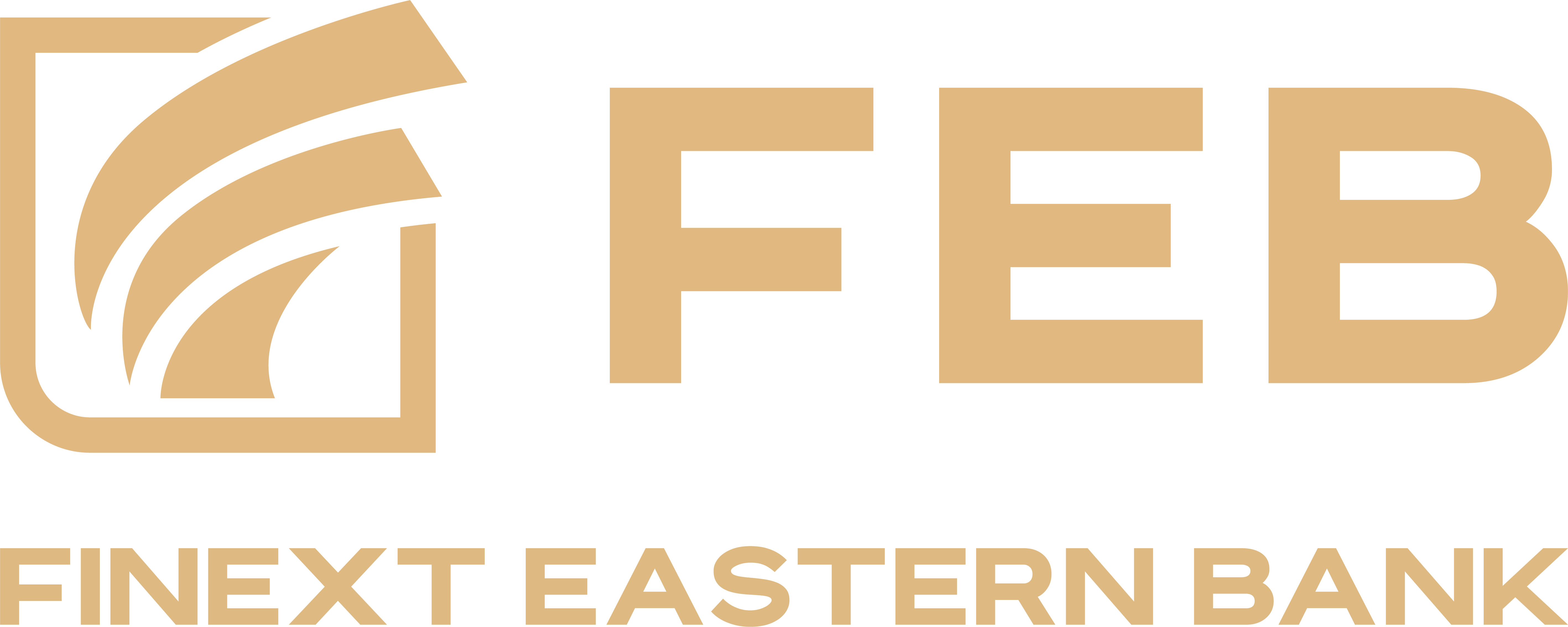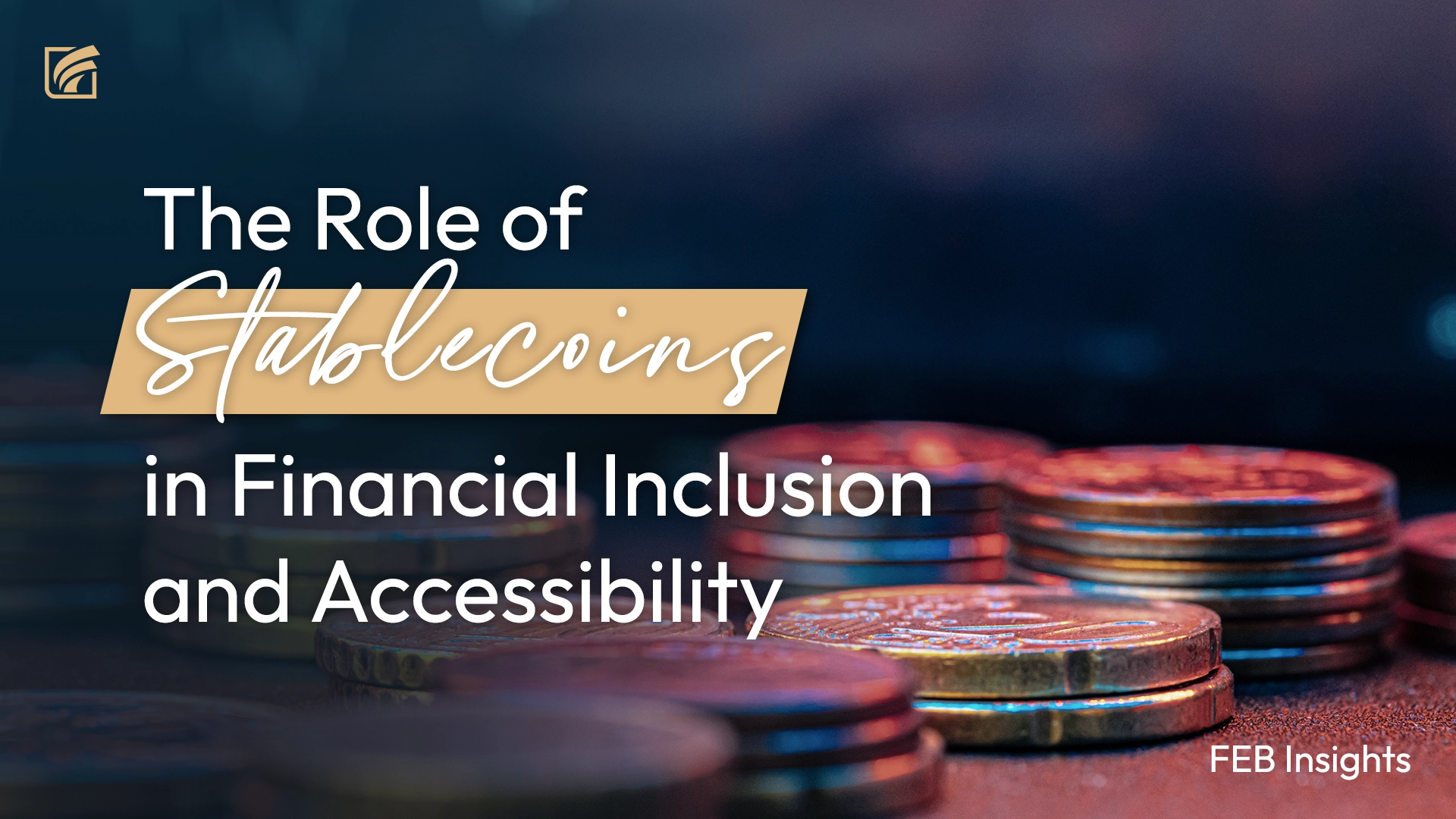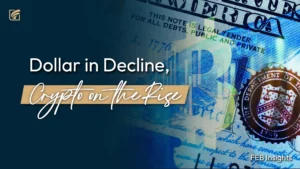Stablecoins like USDC and USDT serve as reliable forms of payment and a stable store of value due to their peg to the US dollar. This stability makes them suitable for transactions where stability is crucial, such as remittances and cryptocurrency trades. In comparison to traditional fiat currencies, stablecoins offer quicker and more affordable cross-border transactions and increased accessibility to individuals in countries with limited financial systems. They also offer an advantage over volatile cryptocurrencies, reducing the risk of substantial price changes and providing an alternative for individuals who prefer the security and transparency of blockchain technology.
In 2022, the use of stablecoins such as USDC and USDT grew in popularity due to several key factors:
1. Increasing Demand for DeFi (Decentralized Finance)
The growth of decentralized finance (DeFi) applications, which rely on stablecoins as a means of exchange and store of value, fueled the demand for stablecoins.
2. Hedge against Volatility
Stablecoins provide a way to protect against the price volatility seen in other cryptocurrencies, making them a popular choice for individuals and businesses looking to use digital assets for transactions and payments.
3. Cross-border Payments
Stablecoins, especially USDC and USDT, have gained traction as a means of making cross-border payments due to their ability to facilitate near-instant and low-cost transactions.
4. Higher Liquidity
Stablecoins have higher liquidity compared to other cryptocurrencies, making it easier for users to buy and sell them, as well as access various DeFi applications and services.
Overall, stablecoins have become an important part of the cryptocurrency ecosystem, providing price stability and financial access to individuals and businesses around the world. As the market continues to evolve, it will be interesting to see how stablecoins continue to evolve and adapt to the needs of investors and businesses.
More on USDC and USDT
USDC (Circle USDC) and USDT (Tether) are both stablecoins designed to maintain a stable value relative to the US dollar. While USDC is fully collateralized, meaning each USDC is backed 1-to-1 with a US dollar held in reserve, USDT is only partially collateralized. USDT’s value is maintained through a combination of dollars held in reserve and other assets.
In terms of stability, USDC is considered to be more reliable because it is fully backed by the US dollar. However, USDT is more widely available and is supported by a larger number of exchanges, making it easier to use.
Ultimately, the choice between USDT and USDC depends on an individual’s specific needs and priorities. Both have their pros and cons and the better option will vary depending on the situation.
Some Key Features of USDC
Fully Collateralized: USDC is fully collateralized, meaning that each USDC is backed 1-to-1 with a US dollar held in reserve. This makes USDC less prone to price volatility compared to other cryptocurrencies.
Regulated Entity: USDC is issued by Circle, a regulated financial services company. This adds an extra layer of security and stability as Circle is subject to regulatory oversight.
Transparency: Circle regularly audits its USDC reserves and publishes the results, which adds to the transparency and reliability of USDC.
Some Key Features of USDT
Wide Availability: USDT is widely available and supported by many exchanges, making it easier to use and trade.
Stable Value: USDT is designed to maintain a stable value relative to the US dollar, making it less prone to price volatility compared to other cryptocurrencies.
Partial Collateralization: Although USDT is only partially collateralized, meaning it is not backed 1-to-1 with US dollars, it is still backed by a combination of US dollars and other assets.
Although both stablecoins are generally perceived as safe and reliable, they are not immune to the risks that come with investing in cryptocurrencies. Properly securing your cryptocurrencies, such as using a trusted wallet and following security best practices, is crucial to mitigate these risks. Therefore, it is important to conduct your own research and assess the potential risks before investing in stablecoins or any other type of investment.






